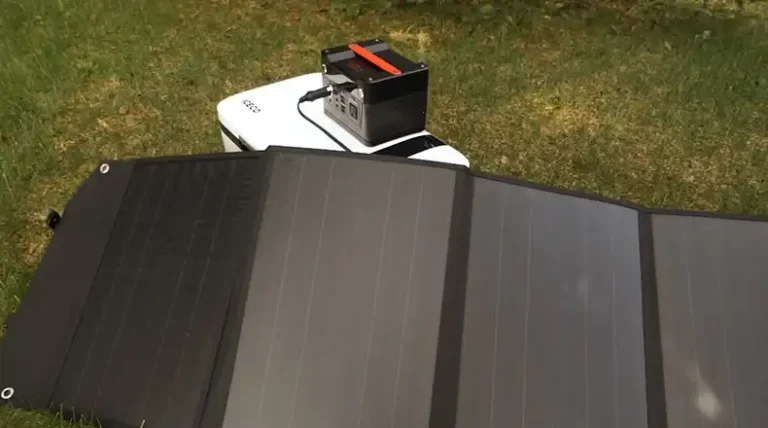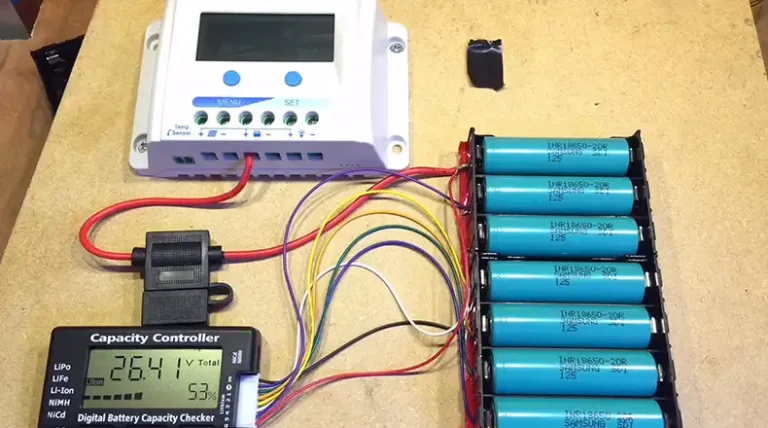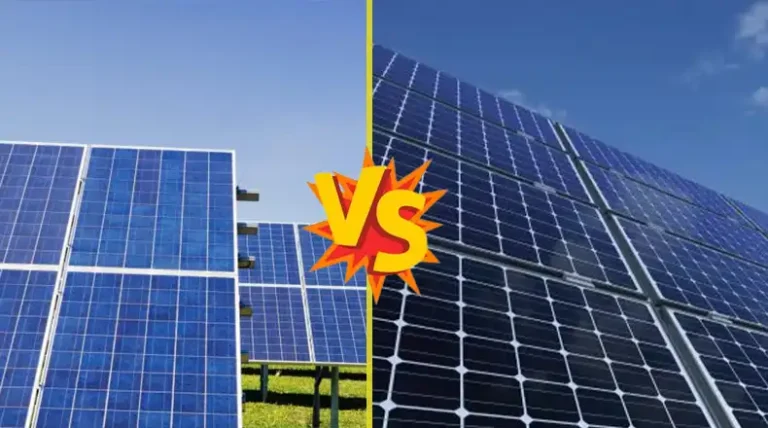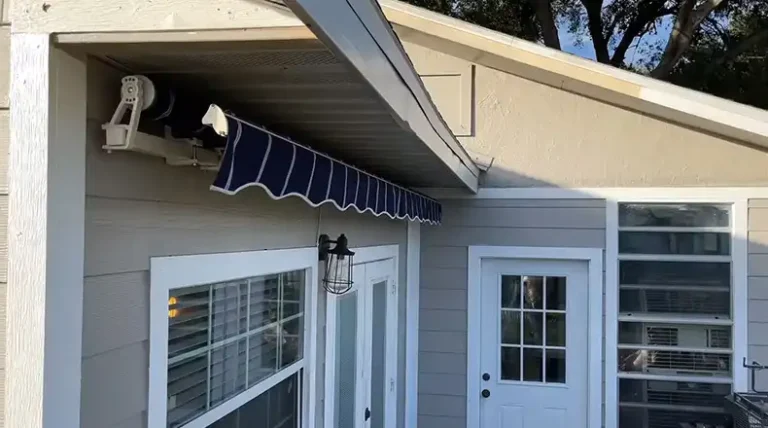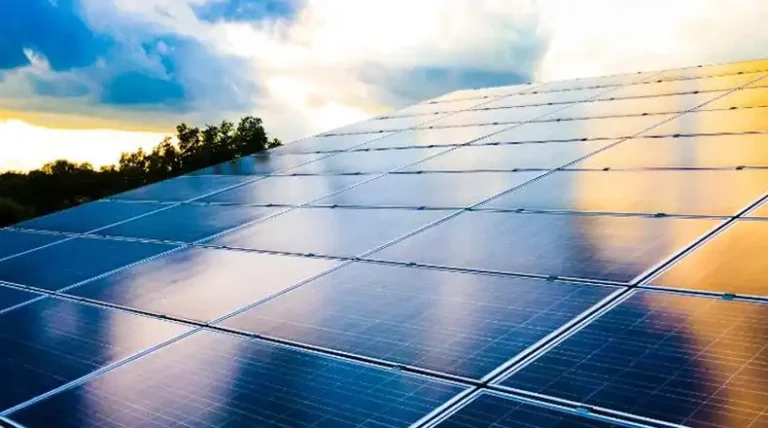Seiko Solar Watch Stopped Working (How Do I Fix)
You woke up one morning eager to wear your beloved Seiko solar-powered watch, only to find that it had stopped working overnight. The watch has served you well for years, precisely keeping time thanks to the cutting-edge solar technology that powers it. But now, suddenly and unexpectedly, it has stopped.
This situation can be stressful and inconvenient. A non-working watch leaves you without an important tool to help navigate your daily activities. Fortunately, in most cases, troubleshooting a stopped Seiko solar watch is straightforward. With a bit of sunlight and TLC, you’ll likely have it working again in no time.
Below I’ll explain the various reasons why your Seiko solar watch may have stopped working. Also, you will get fixes and preventative maintenance so you can keep your watch running smoothly for years to come. Read on for everything you need to keep your solar-powered timepiece ticking.
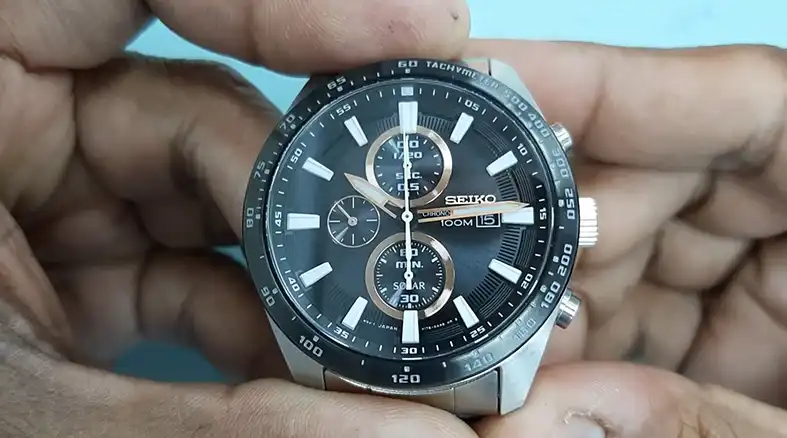
Why does the Seiko Solar Watch Stop Working?
Seiko solar watches are powered by converting light into energy. They use an embedded solar cell to transform sunlight or artificial light into an electrical current to power the battery and movement.
If the solar watch stops working, the cause typically boils down to one of four issues:
Insufficient Light Exposure
The most obvious reason a solar-powered Seiko watch can stop is insufficient sunlight or artificial light exposure to keep the battery charged.
Solar cells rely entirely on light energy to operate properly. If the watch doesn’t receive enough consistent bright light, the reserve power will drain from the battery until it has nothing left to run the movement.
Secondary Battery Depletion
Over several years of use, the secondary battery inside a Seiko solar watch can begin to hold less charge. All rechargeable batteries slowly deplete over time with continual use.
If your solar watch stops even after light exposure, the internal secondary battery could be reaching the end of its functional lifespan. Most secondary watch batteries last 2-5 years under regular use.
Get into the Power Save Mode
When light levels get too low, Seiko solar watches will enter a power-saving mode to conserve energy. This mode stops non-essential functions to keep the timepiece running as long as possible.
There are two levels of power save mode, each more restrictive than the last:
Power Save Mode 1 – Second hand stopped and pointing to the 15
The first-level power save mode will stop the second hand at the 15-second position and halt its motion. If the watch hasn’t been exposed to any kind of light source for the past 72 hours, then the watch enters into the power save mode 1 and will stop functioning.
Power Save Mode 2 – Second hand stopped and pointing to the 45
The second stage power save moves the stopped second hand to the 45-second position. This level turns off all functions except internal timekeeping. So the watch will keep track of time but won’t visibly display it. The hour and minute hands will stop moving until sufficient light restarts the higher energy functions.
Adverse Weather Condition
Seiko solar watches are designed to handle typical outdoor exposure, including rainfall and temperature changes. However, in very hot or cold conditions exceeding specifications, the power system or mechanics can sustain damage leading to failure. According to the manufacturer, the workable temperature of the solar watch is between −10°C and +60°C (14°F and 140°F).
For example, if left in a hot car interior during summer days, the extreme heat could warp internal components or degrade electronic connections. Similarly, leaving the watch outdoors overnight in frigid winter temperatures can impede normal operation.
Internal Component Malfunction
Like any finely tuned mechanical and electronic device, Seiko solar watches can randomly suffer component malfunctions over years of use.
With continual operation and exposure to the elements, critical parts like circuits, gears, coils, and springs will eventually wear out and fail. Issues like metal fatigue and warped components can lead to the watch stopping or keeping irregular time.
If your solar watch stops working without obvious external causes like low light or temperature extremes, the problem likely lies in damaged internal components. Seeking professional watch repair services should determine the fault and remedy options.
What to Do to Make the Seiko Solar Watch Workable Again?
In most situations when a Seiko solar watch stops functioning, the solution involves exposing it to adequate light to recharge the secondary cell battery. But if that fails to restart normal operation, additional troubleshooting steps may be necessary.
Here is a sequence of actions to take to get your solar watch running again based on the suspected underlying problem:
Charge the Watch with Proper Lighting Source
The first step whenever a solar-powered watch stops is always providing sufficient bright light exposure to eliminate battery depletion as the culprit.
Place the stopped watch in direct sunlight for 6-12 hours. Set the watch face down horizontally so the solar cell receives the most light energy. An average sunny day should deliver 100,000 lux of brightness to the solar converter.
If direct sunlight isn’t available, use an artificial light source that provides at least 3000 lux intensity. Fluorescent lighting typically emits 3000-5000 lux output.
To charge via artificial room lighting, place the watch face 5 centimeters away from a 30-watt fluorescent bulb for 20-24 hours. Keep the light on continuously during the charging period for the best battery recharge results.
💡 Pro Tip: The solar cell in a Seiko watch cannot adequately recharge the battery simply from wearing it on your wrist. Relying solely on ambient environmental light provides insufficient energy in most cases. Make sure to deliberately expose the watch to direct sunlight or bright artificial light when not wearing it to maintain full operation.
After the extended charging period, check if the solar watch has resumed normal functionality. All complications should display properly, and the second hand will sweep smoothly if sufficiently charged.
If the watch only charges while actively exposed to light but stops when the light source is removed, the secondary cell likely needs replacement from depletion over years of use.
What to Do If the Second Hand Stopped at 15 or 45- Second Position?
If the watch second hand has stopped at the 15 or 45-second position, the power reserve mode is activated to conserve energy. This indicates insufficient battery power to operate fully.
First, double-check that the operational temperature remains within specified safe parameters for the watch:
⚠ Operational temperature range: Between −10°C and +60°C (14°F and 140°F)
Now, if the second hand is pointed at 15 then you will need to expose the watch to the sunlight for a couple of minutes and then the watch will start working.
However, if it indicates 45 and stops working, then fully charged is required to use the watch properly.
Change the Battery
If you’ve ruled out insufficient light and adverse temperature conditions, yet the watch still fails to operate correctly, replacing the rechargeable secondary cell battery is the next troubleshooting step.
Solar watch batteries gradually deplete over 2-5 years of regular charging cycles. Eventually, the secondary cell holds less peak voltage between charges leading to operational issues.
Changing out the battery should restore normal function if it has reached the end of its usable life. Electronics shops and watch repair services can properly replace the battery. Specify the exact model to ensure getting the proper replacement cell.
If Nothing Works Then Seek Help from the Seiko Officials
If your Seiko solar watch suffers from critical failure despite troubleshooting, contact Seiko customer service or authorized repair shops for additional diagnosis and service.
Seiko backs an extensive international network of expert repair centers to handle more serious solar watch issues requiring parts replacement or mechanical overhaul.
Under the limited consumer warranty, Seiko will repair or replace manufacturing defects up to 3 years from the original purchase date. Using the official service network also safeguards proper techniques and authentic replacement parts to restore optimal function.
Before sending in your watch for service, document all troubleshooting steps you’ve tried without success. This info helps streamline the repair process to target likely faulty components contributing to the operational failure.
While service turnaround times vary, Seiko repair centers strive to complete work promptly to minimize customer downtime without a working watch. Stay in touch with customer support to track the status during the repair process.
Preventive Measures to Keep Your Seiko Solar Watch Running
While Seiko solar watches generally deliver years of reliable service, taking some basic preventative measures can enhance longevity and minimize problems over time:
🔆 Ensure Regular Solar Charging – Never rely solely on ambient environmental light exposure. Deliberately place the watch in direct sun or very bright artificial light for 6-12 hours monthly. This supplements incidental solar energy absorption just from wearing it.
🔋 Avoid Battery Deep Discharge Cycles – Letting the battery fully deplete too often shortens its usable lifespan. Recharge frequently before it enters lower-functioning power-saving modes. Never store in darkness for extended periods.
❄️⛅️ Maintain Ideal Temperature Range – Avoid leaving solar watches in excess hot or cold environments beyond specified operating limits. Temperature extremes damage internal components.
💦 Prevent Moisture Corrosion – While Seiko solar watches resist water at depths suitable for swimming and diving, moisture corrosion can still damage circuits or mechanical parts over time. Completely dry bands, case backs, and gaskets after water submersion. However, the watches are water resistant up to 200 meters, so, if you planning for deep scuba diving then it’s better to leave the watch to your partner.
⏱️ Service Annually – Like an automobile, preventative maintenance optimizes performance and longevity. Have an authorized Seiko repair center inspect the watch once a year to spot potential problems before they lead to failure.
🚫 Avoid Impacts – Drops, hits, or shocks can disrupt internal components through metal fatigue and hairline fissures. Use care to prevent banging the watch accidentally against hard objects to sustain longevity.
Following these solar charging, storage, environmental protection, maintenance, and handling guidelines helps ensure your Seiko solar watch runs smoothly for years beyond the initial warranty period.
Pair preventative care with the troubleshooting tips outlined above when operation issues arise. With some simple at-home diagnosis and servicing from Seiko’s repair experts, your beloved timepiece will continue keeping reliable time powered by the sun.
Questions You May Ask
Why does my solar watch run slowly after years of normal operation?
Gradual internal lubrication loss and increased mechanical friction can lead solar watches to lose time after prolonged use spanning years. Professional cleaning and lubrication restores optimal timekeeping. Infrequent usage leading to extended periods without movement also exacerbates slowing over time.
How do I find Seiko-authorized service centers in my region?
Seiko maintains an extensive global network of reputable repair shops and dealers. Contact Seiko customer support with your location, and they will provide contact details for the nearest authorized solar watch service center. This ensures qualified technicians and genuine replacement parts.
Can I replace the battery myself in my Seiko solar watch?
While possible for someone highly skilled to work with precision tools and electronics, the intricate design of Seiko solar watches makes DIY battery replacement very challenging. The cost of professional service is reasonable. Watchmakers have the expertise and proper tools to safely swap the battery without damaging delicate precision components.
Why does my watch run faster in higher temperatures but slower in colder environments?
All watches exhibit some natural variation in timekeeping connected to ambient temperature. Heat speeds up movement lubricants while cold thickens them leading to subtly accelerated or sluggish operation. Seiko solar watches minimize thermal impacts but still demonstrate normal mechanical sensitivities. Temperature fluctuations under 10°Ceither way generally don’t impede solar watch precision significantly.
End Notes
While disheartening to find your trusted Seiko solar watch has suddenly stopped, a bit of troubleshooting and TLC usually get it running again properly. Ensure adequate light exposure, rule out adverse temperatures or moisture, and recharge fully. If the battery has aged past usefulness or trauma damaged components, specialized service renews function. With some preventative care and maintenance, your solar timepiece should operate smoothly for years off nothing but shining light.
I hope this comprehensive deep-dive provided useful insights into why Seiko solar watches fail and how to fix them. Share your tips or questions in the comments below! And don’t forget regular direct sunlight doses to keep your solar-powered watch ticking indefinitely.

